Last Updated on August 5, 2021

Renny Harlin is a legend for movie geeks of my age; having directed action classics such as DIE HARD 2, CLIFFHANGER and THE LONG KISS GOODNIGHT, Harlin will always be considered one of the finest orchestrators of big-budget carnage of the 80s and 90s. (Using practical effects, too!)
Harlin’s latest is different, however: a found footage horror film called DEVIL’S PASS, which is based on the true story of the Dyatlov Pass Incident of 1959, when nine skiers died thanks to mysterious – and still unsolved – circumstances. In Harlin’s film, a documentary crew travels to the mountains in search of an explanation for those deaths… and of course, the explanation is more deadly than they could have imagined.
Harlin was kind enough to spare some time for me to talk about his project, the challenges of the found footage genre and the freedom of making a low-budget movie.

This is a much different movie for you than what we’re used to; what made this project right for you, and was it always going to be a found footage or did that come about after you came on board?
It started with my Dyatlov Pass Incident, which is a mystery that I’ve always been interested in. Despite all of the evidence, nobody has ever been able to solve it. I figured that a movie made about the incident told from the 1959 point of view might be a little hard to digest for an audience, so we came up with the current story. It seemed like a natural fit for found footage. For me, it turned out to be an interesting challenge, of synthesizing my filmmaking skills into that genre. I was wondering how you tell that kind of story when you’re only using one camera for the point of view.
As a director, what are the challenges unique to the found footage format?
You’re not relying on your old bag of tricks, you’re used to covering the scene, whatever the dramatic points of the scene are, you’re used to covering it from many different angles. Now you’re only using one camera. The best way to describe it is, when you’re shooting a conventional scene, you might rehearse it for fifteen minutes before you shoot, then you shoot for five hours. When you’re doing a found footage movie, you maybe rehearse for five hours, and then shoot for fifteen minutes. It’s almost like doing a play in theater; you have to figure out how to get everyone in front of the camera, how to move them around, how to include close-ups. How to do all that and make it feel realistic.
That must be cool for you; you’ve been directing for many years, but here you’re learning how to tell a story in a brand new way.
Yeah, definitely. It was a learning experience for all of us, especially for the actors who had to figure out the staging and still make it feel real to the point where the audience is fooled into thinking one of the characters is actually holding the camera, which is a real movie camera with movie lenses that weighs 20 pounds or more. A professional camera operator was filming it, of course creating the illusion that he was one of the characters.

I have to believe the locations provided their own unique challenges as well?
Yes. Having had some experience with movies that take place in snow, I wanted to make sure that we were in a place that had snow no matter what, even if we had a heat wave. We went to Northern Russia, which is extremely harsh: subzero temperatures and some locations that you wouldn’t have access to without a snow mobile or tractor. It all contributed to the movie, and I like that kind of challenge. It was a different kind of experience.
Did it bring you back to your Cliffhanger days?
Definitely, because we shot that in the mountains, and I was the best prepared of the entire crew to deal with the conditions. I always say, if you have the right equipment, anything can be comfortable.
People think of you primarily as an action director, but you of course got your start making horror films, like Prison and Nightmare on Elm Street 4. Is it fun going back to the genre?
For me, the main thing is for the movie to have an impact on the audience. I love seeing the audience react, whether they laugh or scream or get excited. I love doing that with images and, editing and sound effects and everything else that goes into a scene. That’s why I like thrillers and horror films, because you can really use your imagination to manipulate and mislead the audience; that is a fun thing as a filmmaker.

What are some recent found footage films that you thought were effective?
Well, my favorite is REC. The funny thing is, when we started working on this film, there had of course been THE BLAIR WITCH PROJECT and a few others, and it was still a fresh genre. Through the process of building the script and getting the financing together and everything else, there were a million other found footage movies. So it’s almost a little overdone now, unfortunately. But some of the movies, like CLOVERFIELD or REC, I really enjoyed.
This was a low-budget movie, of course, and now you’re working on HERCULES, which probably costs about $100 million. Is there something refreshing about making the lower budget movies, where you’re not always answering to producers and a studio?
I feel really privileged that I can bounce back and forth. I would be lying if I didn’t say it’s fantastic to make a big budget movie, where you have the time and sets and costumes and props. It’s incredibly satisfying. But to be able to do something a little more immediate and personal, it is refreshing; it’s kind of like getting together with a bunch of friends and saying “let’s do something fun.” You don’t have to worry about the budget or the box office or making the studio happy, so you definitely have a sense of freedom.
Thank you for taking the time to chat, Renny. Good luck with everything.
Thanks!
DEVIL’S PASS official trailer!




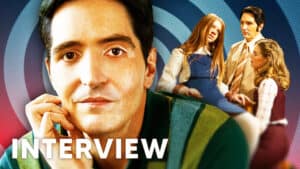



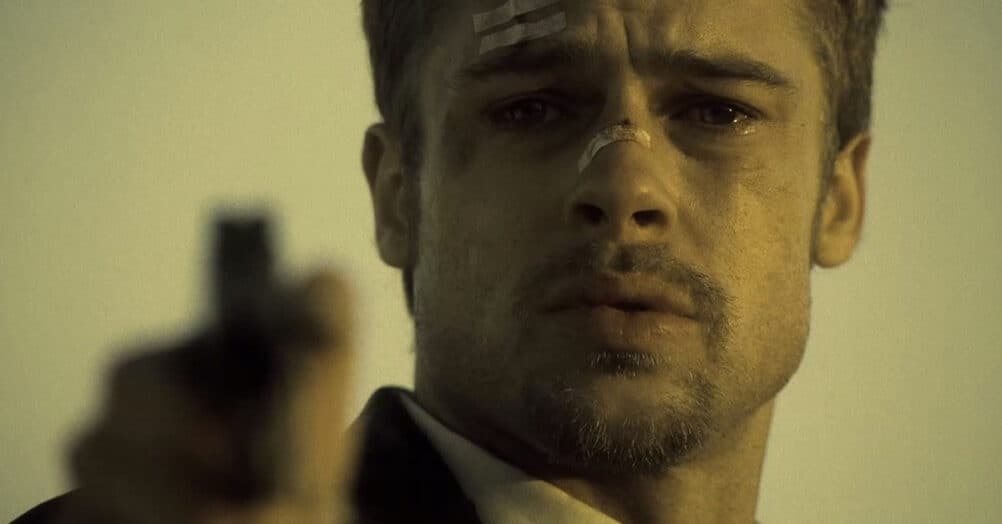

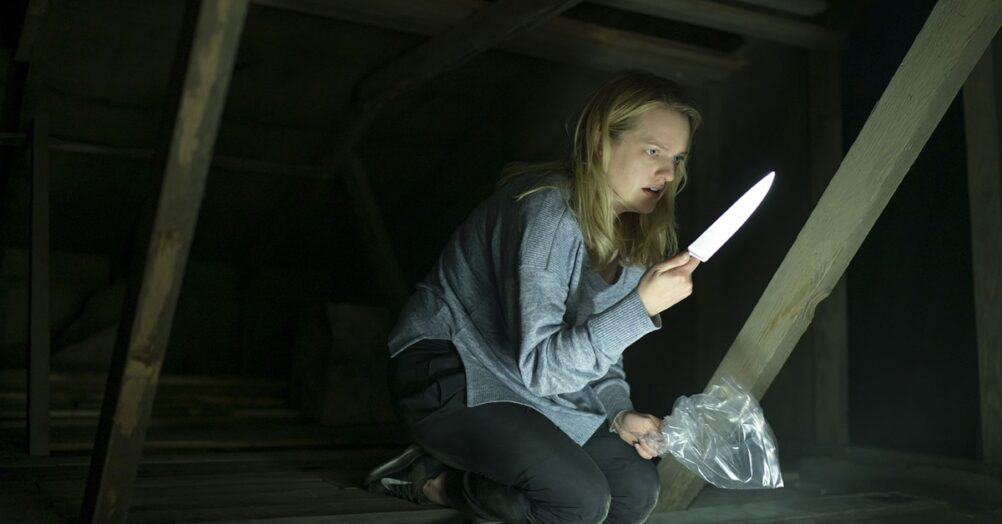

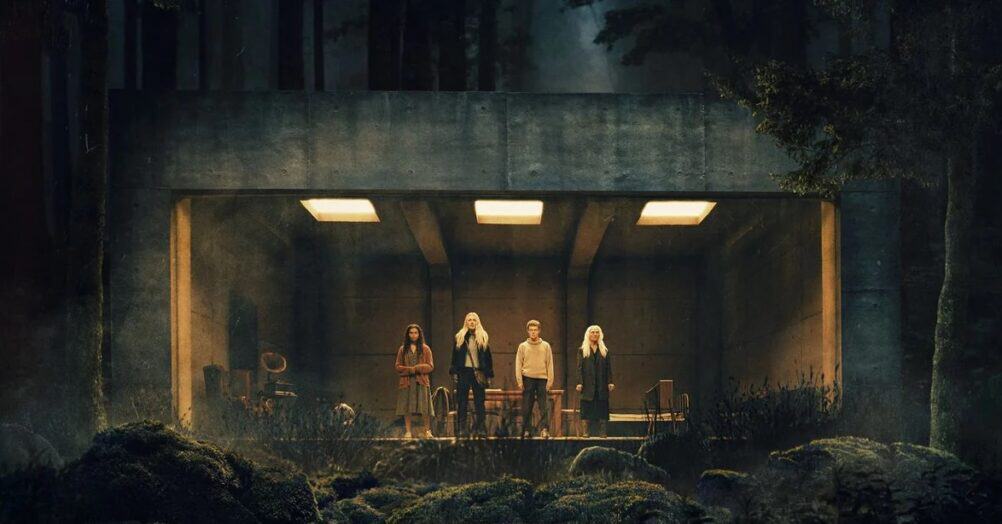
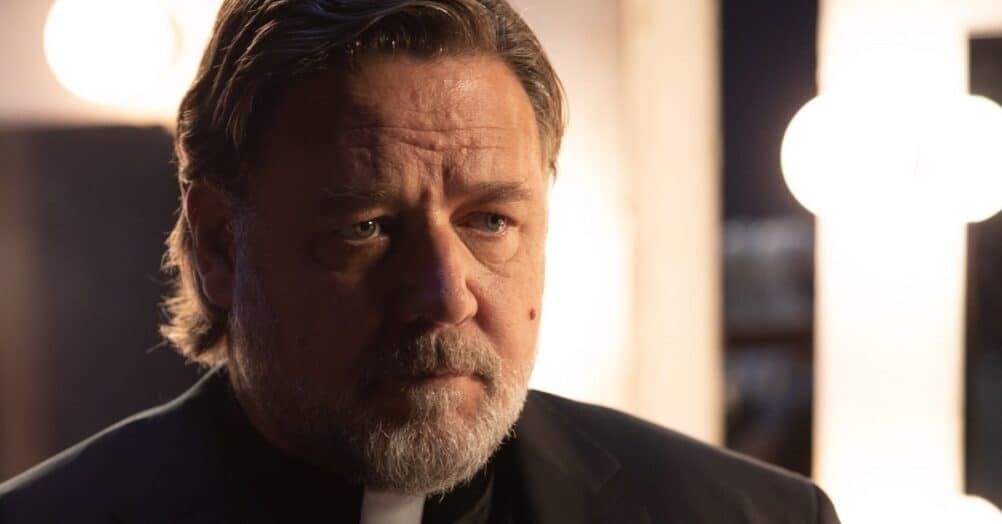

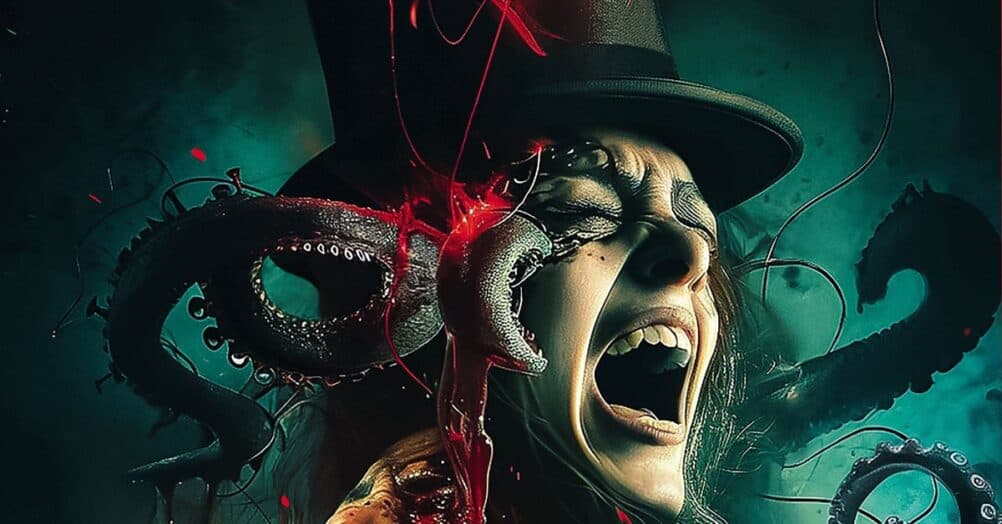
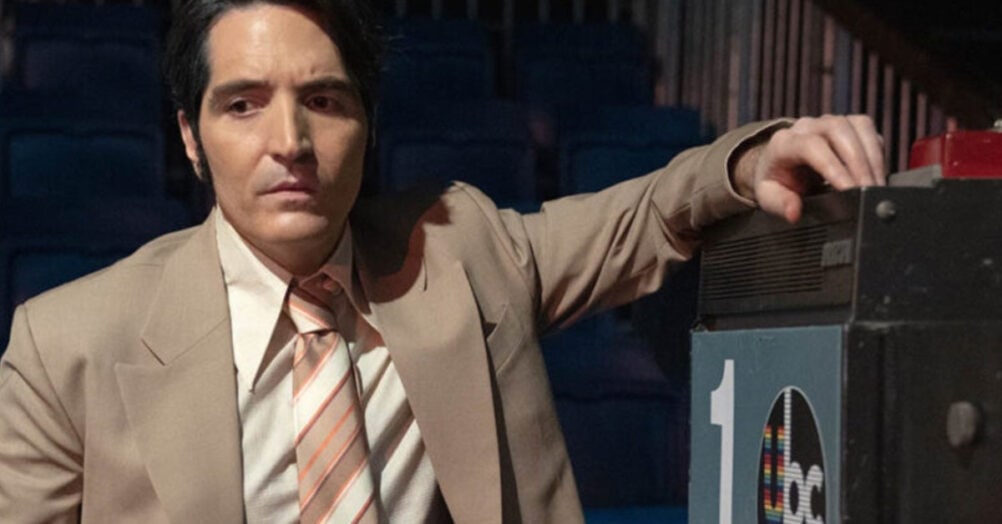
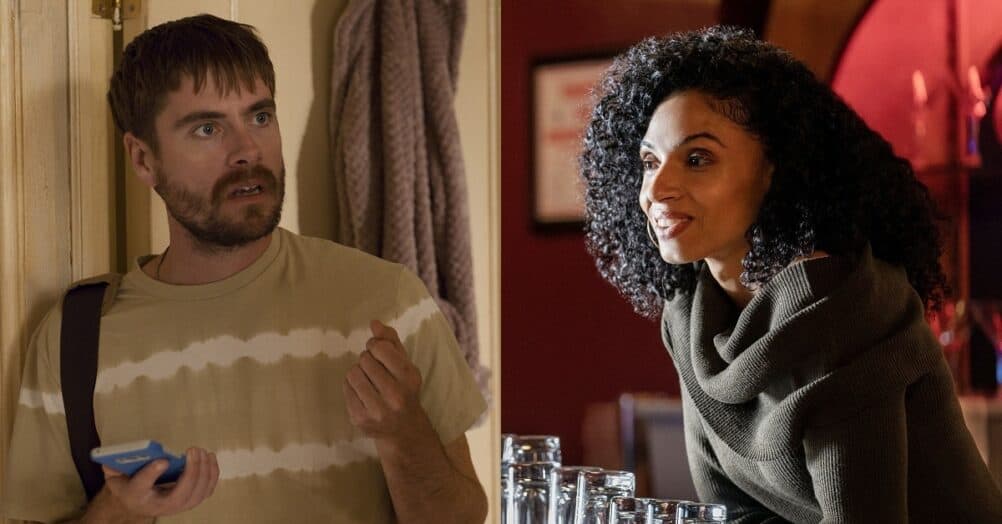
Follow the JOBLO MOVIE NETWORK
Follow us on YOUTUBE
Follow ARROW IN THE HEAD
Follow AITH on YOUTUBE